Copyright © 2025 Motivate Media Group. All rights reserved.
All you need to know about Amaala: A luxury and regenerative escape on the shores of the Red Sea
Amaala explores timeless architecture with designs that weave together wellness and sustainability
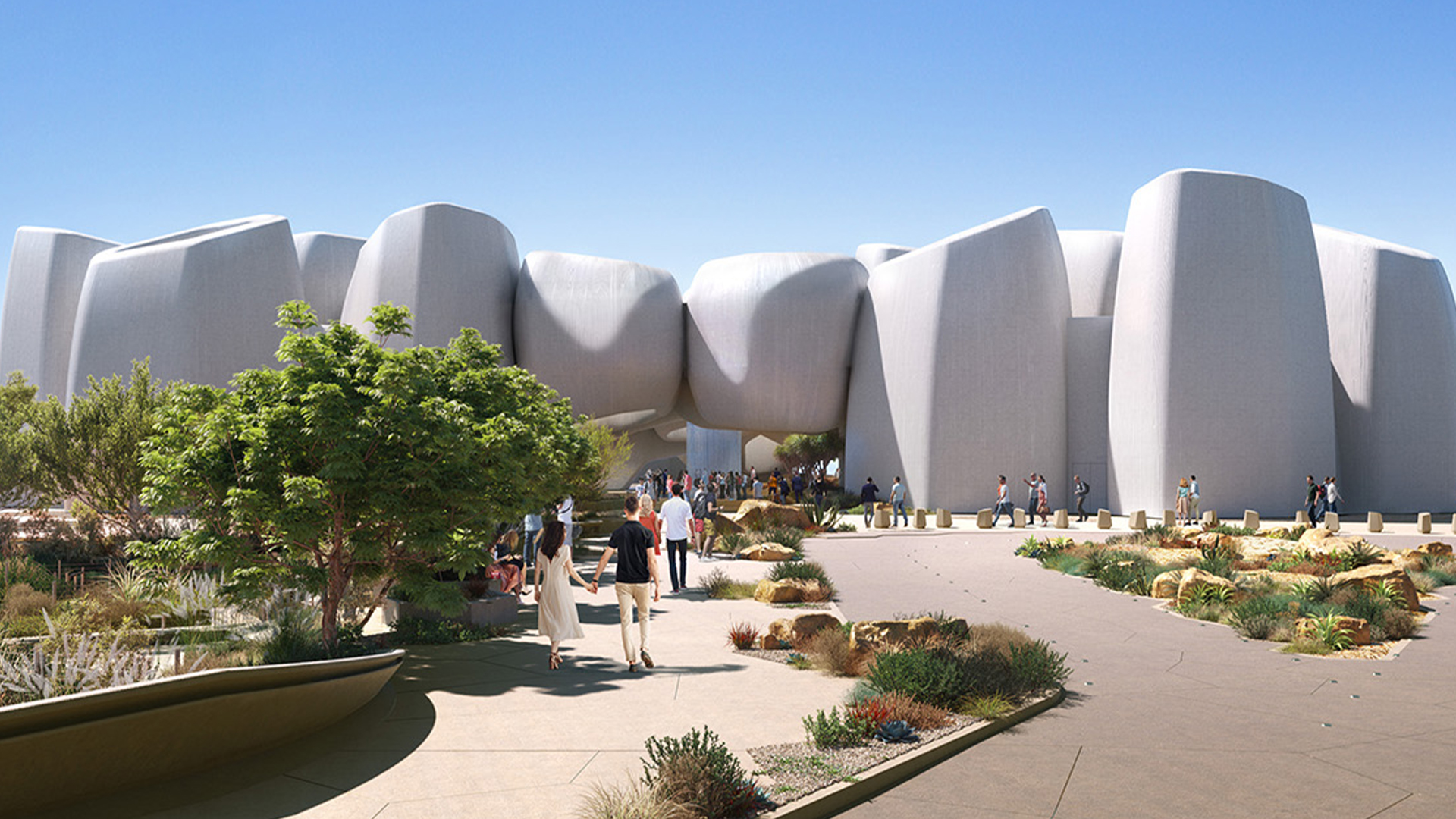
id partnership: Coastal living and contemporary design that embraces the surrounding sea and landscapes – this is steering Red Sea Global›s (RSG) vision for its Triple Bay masterplan at Amaala in Saudi Arabia. Created as an ode to regenerative architecture and wellness, Amaala includes unique health and lifestyle offerings, along with a residential component that links the community with sustainability.
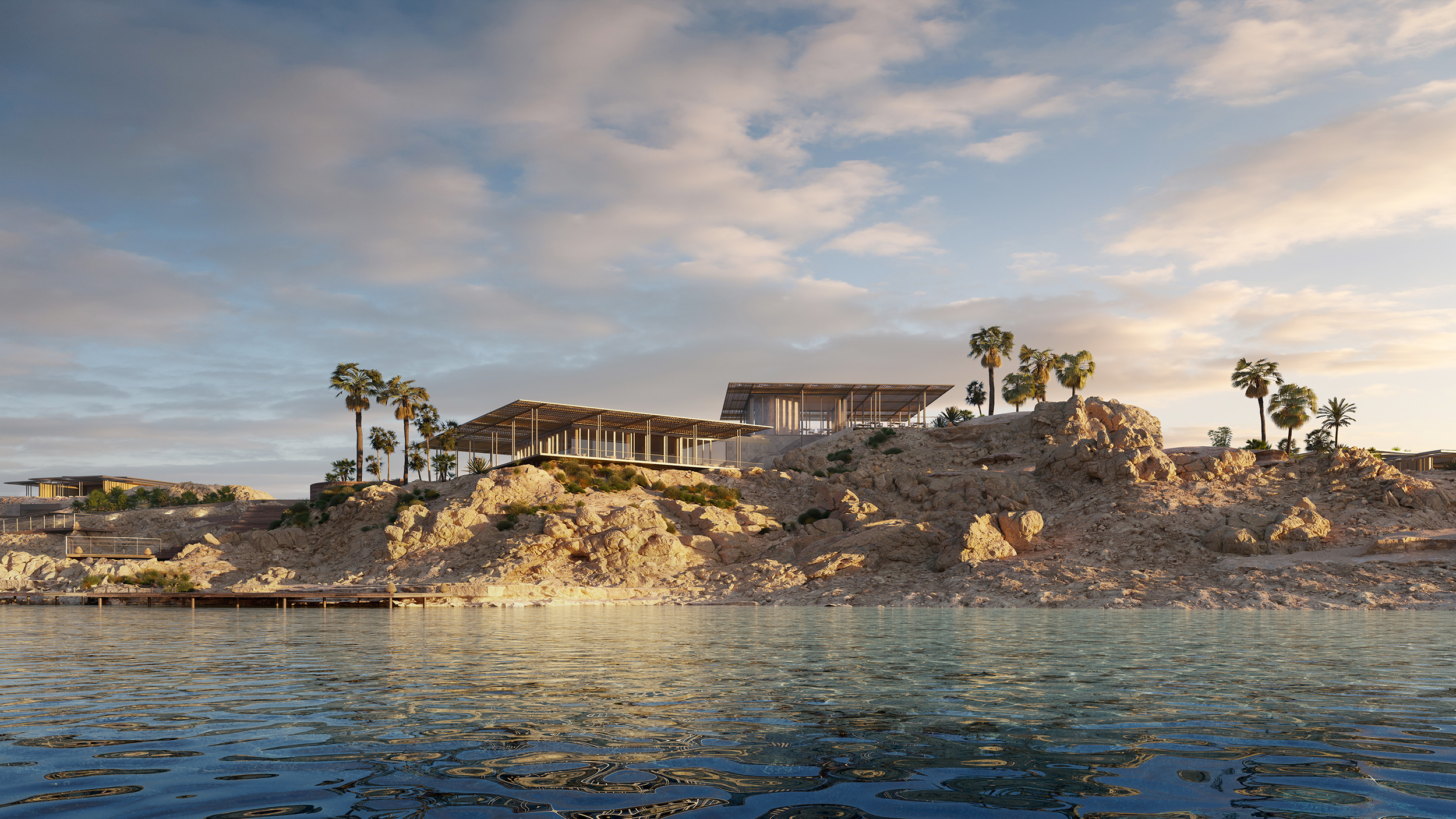
“Our masterplan at Amaala has a unique proposition dedicated to health, wellness, and lifestyle offerings incorporating a residential component that links together the values of community with sustainability. Steering our vision is an ambition to create a reference point for Wellness tourism using a regenerative approach and a lifestyle that people can call home,” says Melisa Pezuk, Senior Executive Director, Development at Red Sea Global. Sustainability is at the heart of the luxurious destination’s master plan, designed by international firm HKS Architects, whose signature design seamlessly integrates buildings with the Red Sea’s stunning mountain and marine landscape. The overarching idea for the project is to create intuitive structures that sustain a sense of space so guests feel they are in Saudi, but in a creative and contemporary way.
An outcome of this philosophy is the organic structure of the Red Sea Marine Life Institute, whose design replicates a thriving coral colony. Architecture firm Foster + Partners used intricately moulded glass-reinforced concrete to build clusters of tubular buildings jutting out against the piercing blue skyline. A central canopy will shade the four clusters, which feature suspended, semi-spherical aquariums brimming with local marine wildlife.
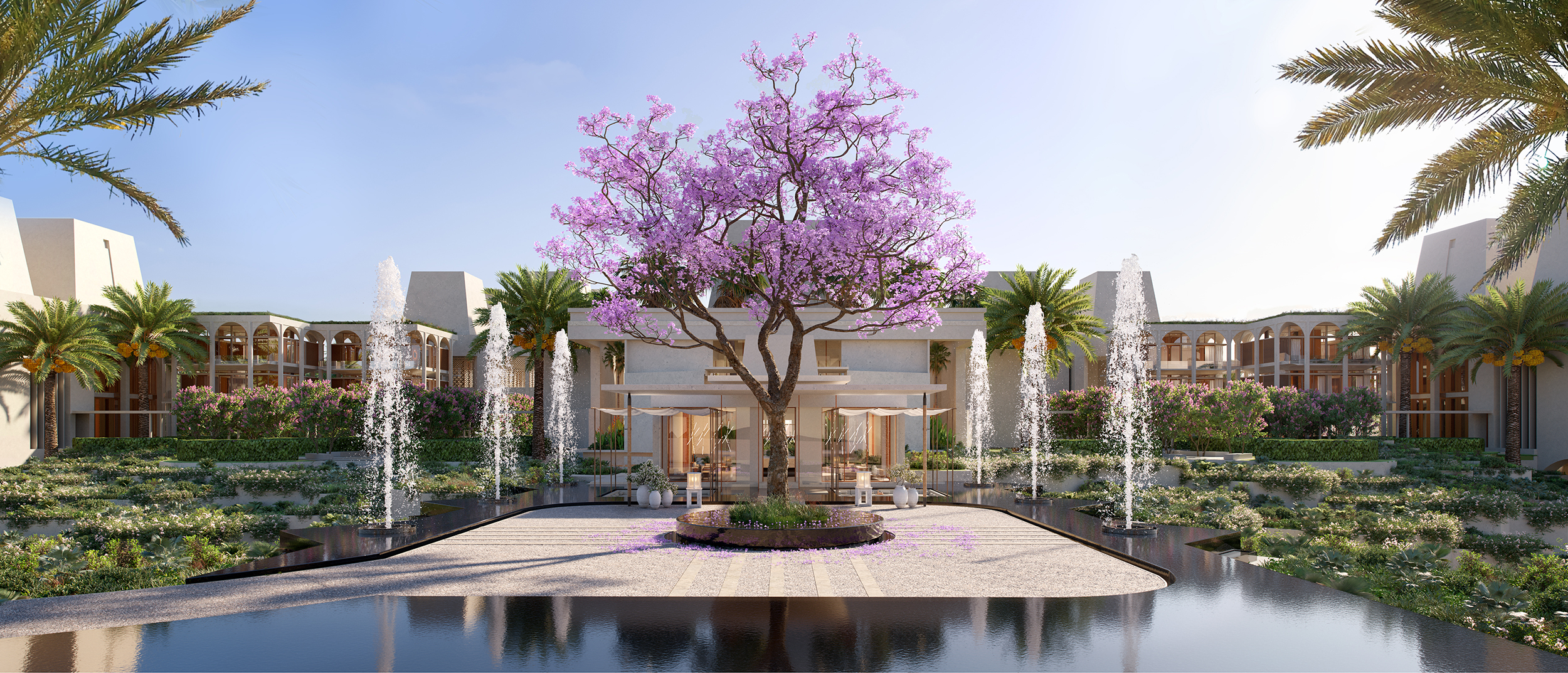
A couple of miles away, the Jayasom Wellness Resort designed by John Heah, uses the stunning Red Sea coastline as the background to juxtapose its vast spaces. Here, wellness trails, yoga pavilions and labyrinths seamlessly integrate into the wilderness, while the resort’s signature spa is cocooned within a natural horseshoe-shaped land formation. Guest villas match the hues of Amaala’s striking rock formations and open into spacious balconies that lead to private pools overhanging the bay. Locally sourced materials form the crux of the design of Six Senses Amaala by U+A Architects, which takes inspiration from the region’s traditional coastal villages. The resort’s focal point, Mesa, is a dramatic natural site featuring surreal overhangs and caves. The resort’s spa nestles within a naturally occurring cove surrounded by natural rock pools and pocket beaches.
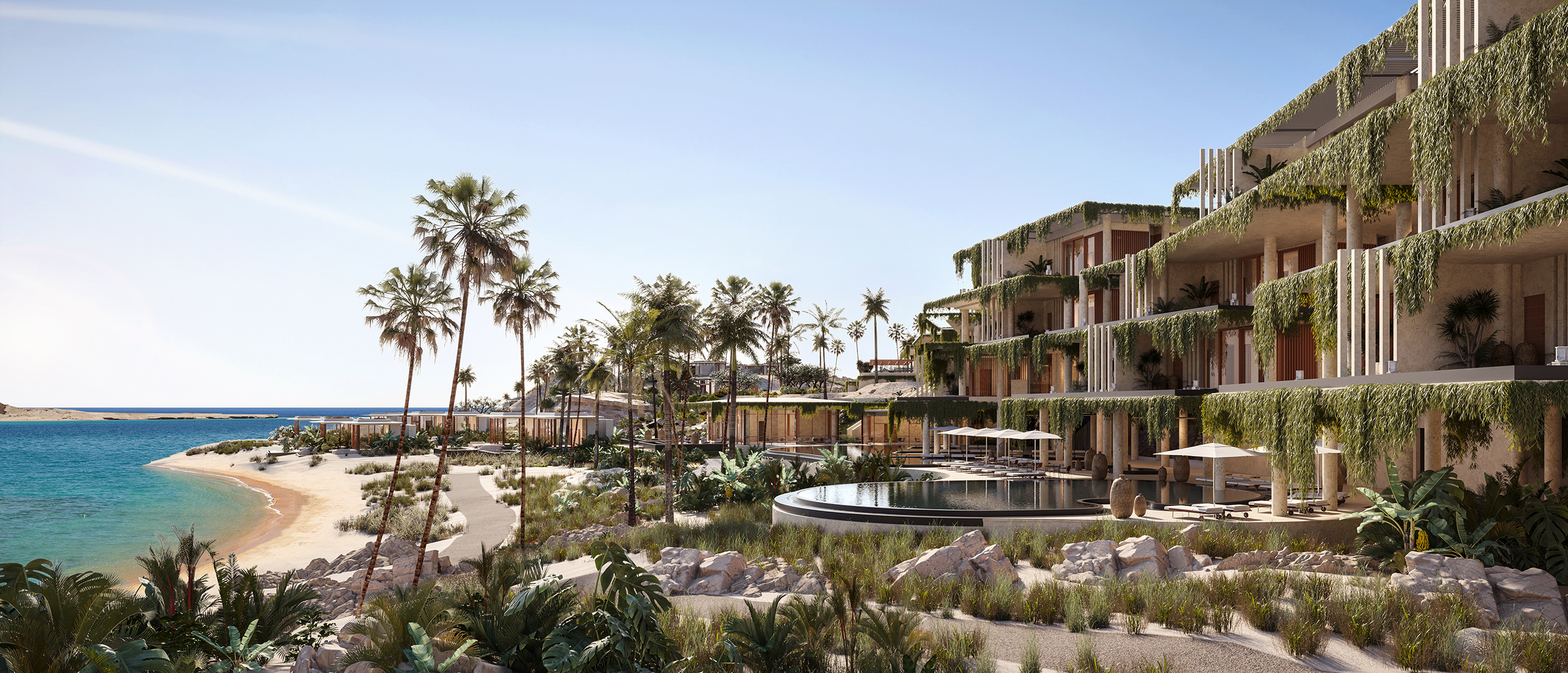
At Rosewood Amaala, ACPV Architects Antonio Citterio Patricia Viel have recognised the integral connection between the well-being of guests and the surrounding flora and fauna. Specially built nesting habitats for endangered Hawksbill and Green Turtles dot the resort’s beaches. At the same time, artificial rock pools allow guests to enjoy the water without causing damage to the coral reefs that wrap around the resort. Set among the world’s fourth-largest reef and the scenic Hijaz Mountains, and in line with the The Red Sea’s vision, Rosewood Amaala will be powered by 100 per cent renewable energy, boasting zero carbon footprint and zero waste to landfill.
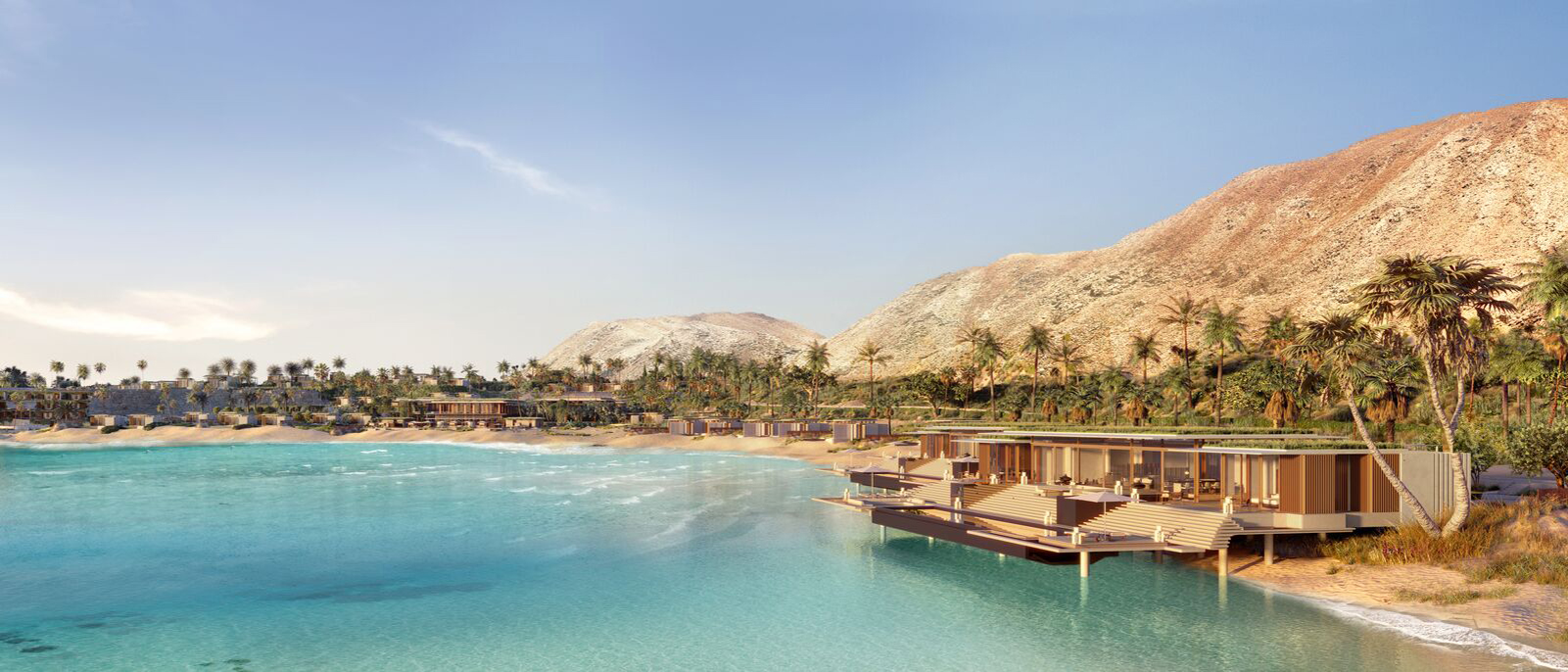
In other areas, HKS’ master plan for Amaala responds to the coast’s natural topography with designs drawing inspiration from the island’s unique coastal rock formations and the natural shapes of the surrounding cliffs. RSG and HKS are committed to making the ultra-luxury destination the world leader in sustainable architecture, where the buildings adapt to the environment, use fewer resources, and give back to the community. All the buildings at Amaala are strategically placed away from the coastline to avoid interfering with the natural habitat of the Red Sea’s fragile turtle populations. Carefully selected lighting across the island preserves the natural illumination of the night sky.
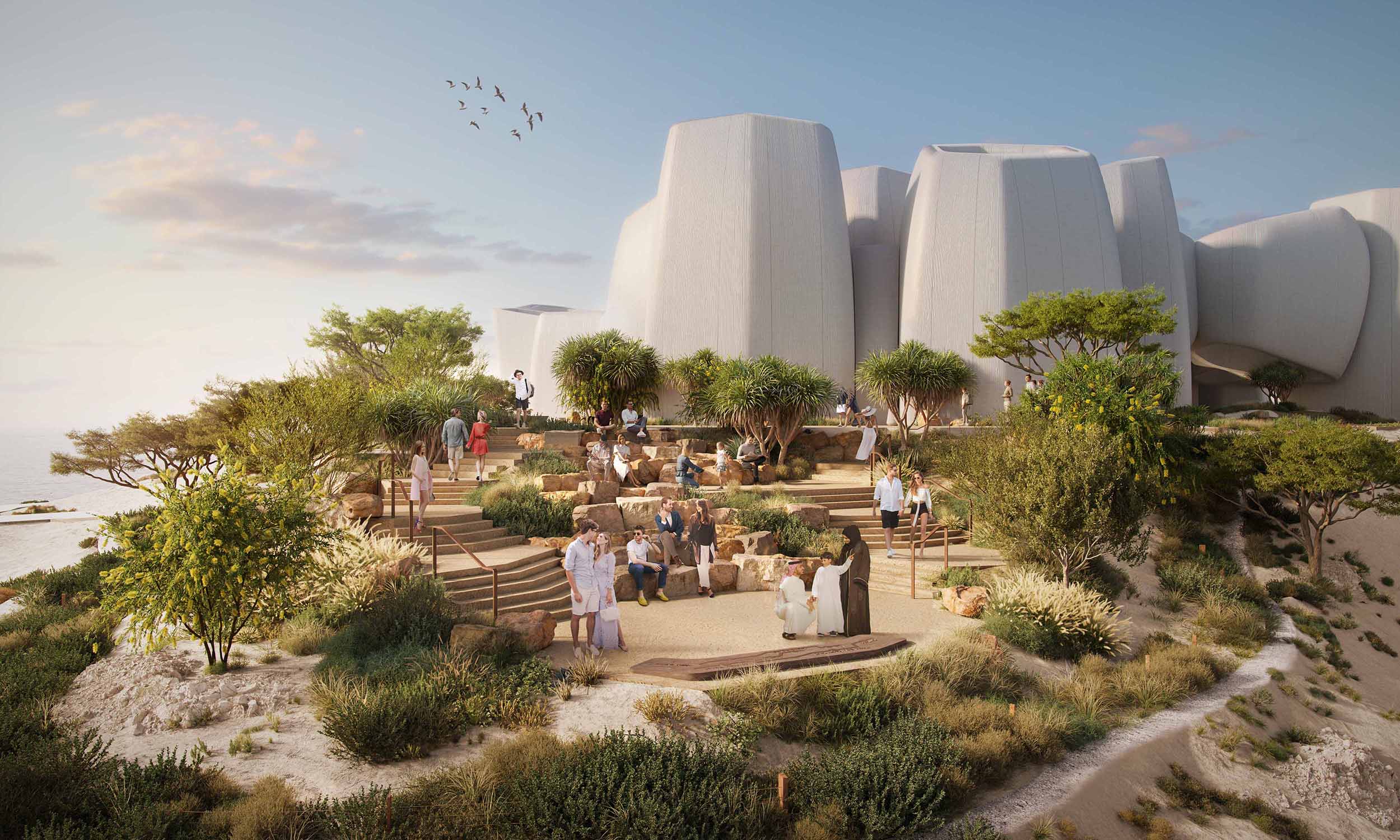
As the first ecologically sustainable and regenerative community in Amaala, Triple Bay sets the tone for future developments. “We work with world-renowned environmental and conservation specialists from across the globe to drive our vision of regenerative tourism. Our greatest learnings came from respecting nature while ensuring that local heritage is preserved and serves as a continuing education for our visitors’ experience. Our aim is to create a journey that is connected and immersive for all ages, providing a sense of discovery. This incorporates ongoing research from our specialists that help to further develop the resilience of nature’s capital in other areas of the world,” concludes Pezuk.
Read our interview with Gerard Evenden, Senior Executive Partner and Head of Studio at Foster + Partners, about the design behind the Red Sea Marine Life Institute in Amaala
Can you tell us about the concept for the Marina Village and how the Red Sea Marine Life Institute is integrated into this plan? The Red Sea Marine Life Institute is part of the wider Marina Village masterplan and a key component of one of the world’s most ambitious regenerative tourism projects, The Red Sea destination and Amaala. The Institute will be the beating heart of broad ambitions to protect and enhance the thriving Red Sea coast, helping the region to share valuable scientific discoveries with the world and enabling guests to experience the true beauty of Saudi Arabia’s thriving coral reefs. Set within the Amaala destination on the west coast of Saudi Arabia and located on the waterfront of Marina Village, the 10,000-square metre Institute will offer stunning panoramic views of the Red Sea and the marina, both above and below the water.
How has it adopted elements of local architecture? The natural environment and local culture are celebrated as much as possible throughout the architecture of the project, and the design also adopts several passive measures that feed into our innovative, sustainable approach. Inspired by the traditional techniques of Arabic desert architecture – working with nature and using orientation, shade and natural air flow – the Institute lowers its reliance on mechanical cooling to create comfortable internal and external environments. The building’s distinctive forms employ similar passive cooling processes as those used by ancient Arabic wind towers, barajeel, and, together with interconnected open spaces, encourage air movement across the Institute, capturing the cooling breezes off the Red Sea. Additionally, the curved and irregular edges of the buildings are oriented to disrupt wind flow, create turbulence and cool the spaces beneath.
Can you describe the architecture of the Red Sea Marine Life Institute – what was the inspiration behind it and how does it balance both traditional and futuristic elements? The design resembles a collection of coral-like modules that have accumulated in a reef-like structure, each intricately moulded to resemble reef patterns against the skyline. In addition, the facility is also home to one of the world’s largest manmade reef habitats, measuring an astonishing 40 metres long and 10 metres deep – alongside many naturally occurring ones, too.
The building needed to place this incredible marine architecture at the centre of its design focus. Expected to host up to 650 people at any one time, the architecture of the Institute comprises three floors: one above ground, one below ground, and one underwater. In addition to immersive exhibition spaces, visitors will be able to walk underwater, snorkel with rare species and enjoy researcher-led educational tours of the laboratories, as well as guided tours of the Red Sea in the latest submersible vehicles.
The private office spaces are naturally lit, with solar shades to reduce heat gain. The central canopy, which spans across all four of the building ‘clusters’, provides solar shading and openly ventilates the ground level. The orientation of the site channels the prevailing north-westerly winds through the canopy space, ensuring structural safety as well as maximum ventilation.
How does the project respond to its climate and context? GRC (glass reinforced concrete) is a robust yet flexible material that can recreate the patterns of the coral reef, both in the shape of the modules as well as the texture of the walls, while delivering a safe and enduring structure. This focus on coral continues inside, where visitors are flanked by colourful tanks that lead towards the central exhibit: a suspended semi-spherical tank containing local marine wildlife and the reef – a real first-of-its-kind. All these features combine to provide an immersive experience that gives visitors a glimpse into the wonders of the marine environment – and the challenges that we face in conserving our natural habitats.
Designed to be vibrant and educational, the Institute will give people an in-depth understanding of the research occurring within its labs. As the Institute is located in a marine environment, any material needs to be able to resist high wind loads and stand up to the saline ecosystem. The design utilises GRC panels that are extremely robust in this context. The GRC panels are supported by a structural steel frame to maintain a lightweight construction. The structure is effectively supported on four points, with a large canopy that shades the central plaza, which offers panoramic views of the Red Sea and the marina.
Given that the purpose of the Institute is to conduct research that will encourage and enable the conservation of biodiversity in the Red Sea, the impact of the building on organic life was vital to consider. Forty per cent of the island site will be covered by native planting, with run-off water collected on site. Lighting has been sensitively designed to reduce night sky pollution and reduce disruption to nocturnal marine life. Ultimately, the building needs to reflect the core message of the Red Sea Marine Life Institute: to understand, protect and celebrate this unique environment and its wildlife.
The Latest
Design Take: Inside the Royal Suite at Jumeirah Al Naseem
With sweeping views of the ocean and Burj Al Arab, this two bedroom royal suite offers a lush stay.
Elevated Living
Designed by La Bottega Interiors, this penthouse at the Delano Dubai echoes soft minimalism
Quiet Luxury
Studio SuCo transforms a villa in Dubailand into a refined home
Contrasting Textures
Located in Al Barari and designed by BONE Studio, this home provides both openness and intimacy through the unique use of materials
Stillness, Form and Function
Yasmin Farahmandy of Y Design Interior has designed a home for a creative from the film industry
From Private to Public
How ELE Interior is reshaping hospitality and commercial spaces around the world – while staying unmistakably itself
A collaborative design journey
A Life By Design (ALBD) Group and Condor Developers have collaborated on some standout spaces in Dubai
New Episode: In Design With: Ahmed Bukhash
Watch the latest episode on In Design With.
Highlights of the Biennale Architettura 2025
We shine a light on the pavilions from the Arab world at the Venice Architecture Biennale, on display until Sunday 23 November 2025
Read ‘Bold Design’ – Note from the editor – July/August 2025
Read identity magazine's July/August 2025 edition on ISSUU or grab your copy at the newsstands.
Things to Covet
Elevate your spaces with a pop of colour through these unique pieces
Designing Spaces with Purpose and Passion
We interview Andrea Savage from A Life By Design – Living & Branding on creating aesthetically beautiful and deeply functional spaces
















